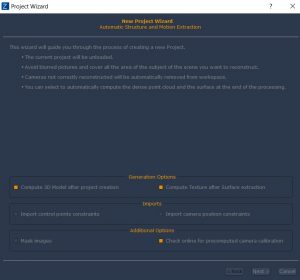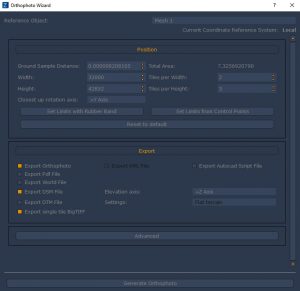With the beta finally out, it’s time for a second development status update for Clementine!
Did you miss the first status update? Click here to read the first part!
Normal Map and Displacement Map generation
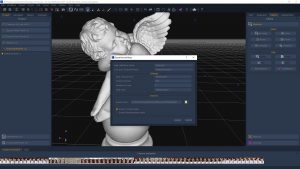 | We focused a lot of our efforts in improving 3DF Zephyr for vfx and game development workflows. One of the most requested features we’ve received recently is the normal map/displacement map generation. While it is already possible to do so using external software paired with the Import function of 3DF Zephyr (shown for example in this videotutorial using xNormal) a lot of you have asked to streamline this process directly in 3DF Zephyr. With Clementine, this is now possible in all 3DF Zephyr versions except for the Free edition. All you need to do is run the normal map/displacement map generation tool from the Workflow -> Advanced menu, select your reference High poly mesh and your target low poly mesh (which can eventually have custom UVs defined in your 3D editor of choice, as usual) and then start the processing for the normal map, the displacement map, or both. |
The following GIF shows a 3DF Zephyr generated (and decimated) low poly (40k vertices) mesh with a 2048×2048 normal map baked by 3DF Zephyr from a high poly (2.5M vertices) 3DF Zephyr generated mesh rendered in Unity3D. As you can see from the screenshot above, the generation options allow you to customize the normal map generation for your needs.
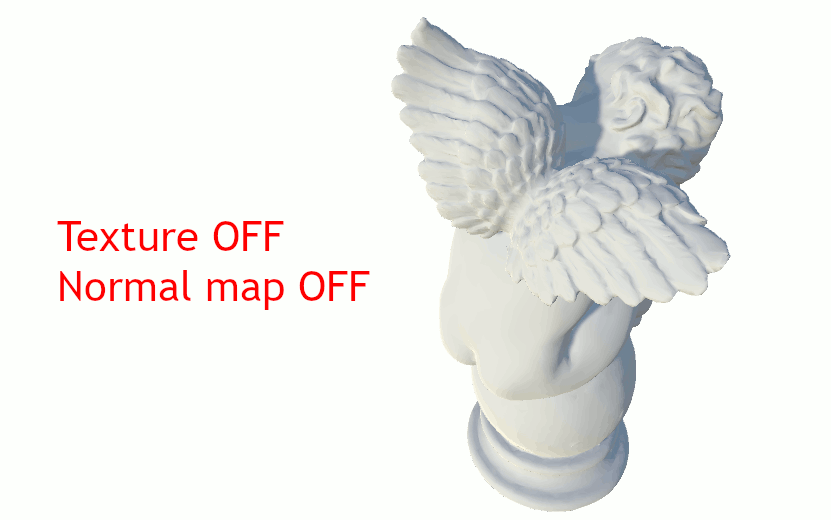
Even more user friendly than before
New orthophoto internal algorithm
Support for custom geoid
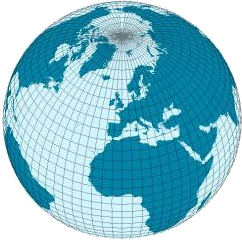 | Another 3DF Zephyr Aerial exclusive feature, is the support for custom geoids for georeferencing. By supporting directly the PGM format 3DF Zephyr Aerial is now supporting even more coordinate reference system than before. In the future, we will also add downloadable geoids from 3dflow.net. |
Join the Clementine open beta!
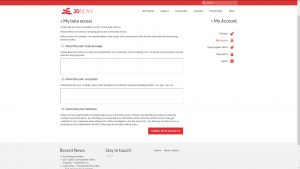 | Ready to join the beta? It’s easy – all you need is a 3Dflow account: you can register over https://www.3dflow.net/account/ (If you are registered to our forum, you already have a 3Dflow account). Once logged in, simply click “Beta access” and fill in the form: you will instantly get the beta key and the download link. If you don’t want to register it’s still possible to request beta access via email over support@3dflow.net You can check the real time development status by clicking here! Join our community and make sure to let us know your feedback! |


